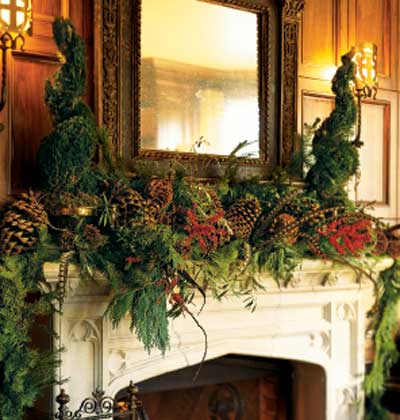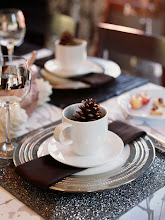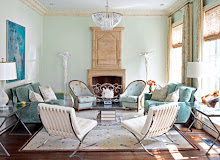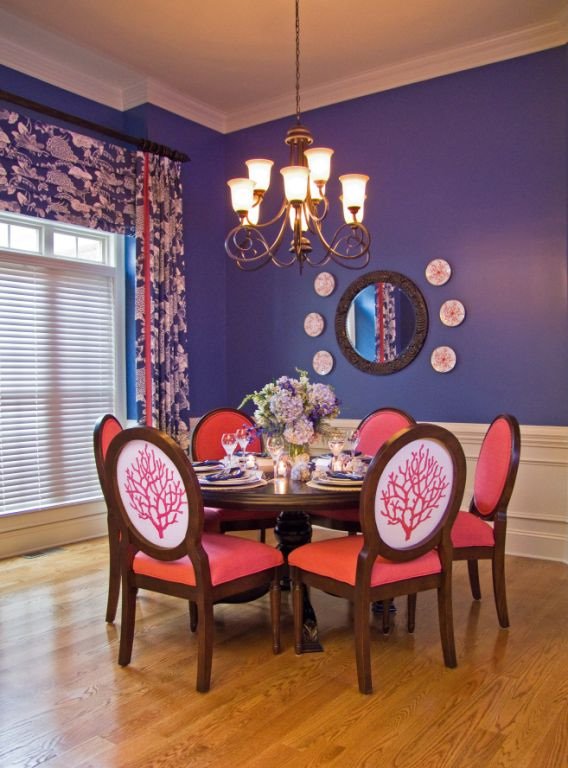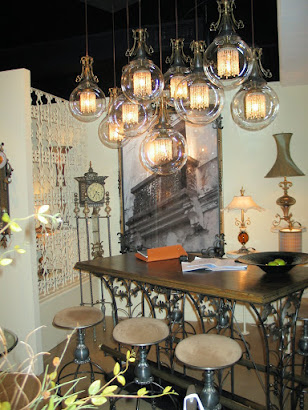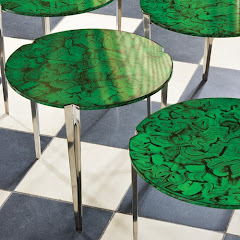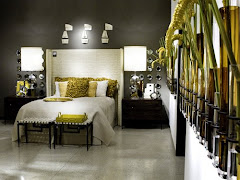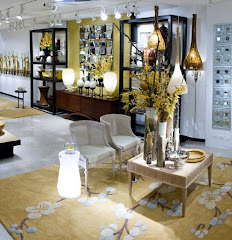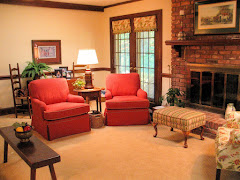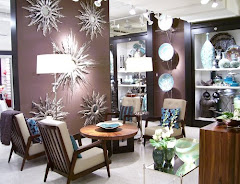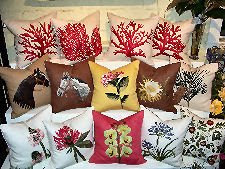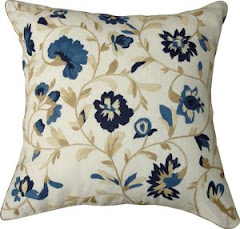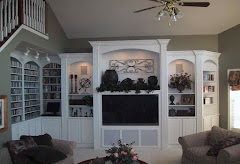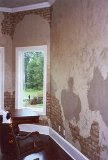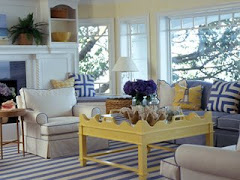First, the difference between a decorator and an interior designer is usually education and approach. An interior designer usually has the education in design that teaches them to look at the whole of a project. Interior Designer's consider the spaces that they will be affecting from the blueprint to the final accessory and how everything relates to the whole. An interior designer reads blueprints, understands basic electrical plans, plumbing, and kitchen and bath design. An interior designer understands space planning and traffic flow, furniture placement and the importance of layering in the rest of the details that will complete the space. A decorator will help pick colors, and help with adding decorative elements to a space. Decorator's have their place, but if you want help in managing a project, an interior designer can save you stress and money.
The following guide should help:
Simple Steps for Selecting an Interior Design Professional
1. Be sure to look for someone who is easy to talk to. Regardless of the magnitude of your project, you’ll want to know that your designer is approachable.
2. Ask prospective designers to show you samples of their work. A portfolio, a Web site, a studio and client referrals often work in concert to illustrate a designer’s personal style.
3. Ask if they are involved in a professional interior design association. Ask what appellation they carry. This will help you determine where they stand within their industry.
4. Don’t automatically assume an interior designer is out of your price range. Many industry professionals offer reasonably priced services, and their experience and knowledge can often save you money in the end.
5. Trust your designer to guide you through the design process. With numerous projects under his or her belt, it’s often in your best interest to rely on your interior designer’s firsthand experience and knowledge.
Communication Counts
Inviting someone into your home can be rather personal. To make sure the process of working with an interior design professional is a pleasant one, take the time to do a little homework beforehand.
Among the most important considerations is communication. Ideally, you will choose someone with whom you are comfortable; someone who feels like a friend. If you find you’re not on the “same page” when you first meet a prospective designer, it is unlikely things will change down the road.
To avoid communication snafus, make sure you partner with someone who understands your specific wishes and can use his or her knowledge and experience to create a space that is reflective of your interests and lifestyle.
Ask to See Samples and Credentials
Before choosing an interior design professional, ask about his or her credentials and request samples of previous work. A portfolio with photos of other projects can shed plenty of light on a designer’s particular style. In some cases, you may even be able to see a firsthand example of the designer’s work in a studio or some other public location.
It’s also a good idea to find out if the designer is a part of a design organization. Ask about their appellation, are they an associate member, allied member or professional member of their group? This will help you understand their standing within the industry.
Another way to learn more about an interior design professional is to ask for the names of some existing clients. Contact a few and see what they have to say about the process. Having the opportunity to ask questions of someone who has been down the same road with that designer can prove invaluable.
Ask for some trade references, the folks that work with designers tend to know how they work and can often provide insight client's won't have.
Focus on Long-Term Savings
A lot of people are hesitant to enlist the aid of an interior design professional because they are afraid it will cost too much. In many cases, however, that is a misconception. Many designers offer reasonable rates, and when you consider the knowledge and expertise they’re able to provide, they may even save you money in the long run.
Industry professionals are well versed in what works and what doesn’t, and they can suggest plenty of ways to be efficient and economical throughout the design process. Do-it-yourselfers, on the other hand, may choose products that are less reputable than those with a proven track record, wasting unnecessary time and money
Think Big
An interior design professional has the ability to visualize a room in its finished state more easily than an amateur decorator can. Because of this, he or she likely will have a pretty good idea of how everything will fit together before it is finished. The designer will know how big the furniture needs to be, and he or she will have a plan for where various pieces of furniture will be placed. They will have an accessory plan and they will have thought through your lighting needs. Many interior designers today will help clients visualize the room by using technology, sketches, or sample boards.
Thanks to Hotel Depot for the image of the presentation board
The process in choosing an interior designer is an important one, because you will work intimately with them. Designer's get to know your lifestyle, your marriage and family life, and to some extent your finances. Many of my designer friends and I agree that helping couples reach agreement on what they want in their homes is often like marriage counseling! Finding the right fit is important, but once you make the connection, it usually leads to long term friendship, at least that has been my experience.












